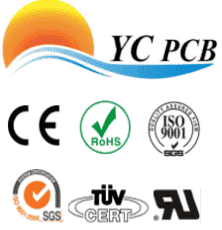What are the latest developments in PCB technology?
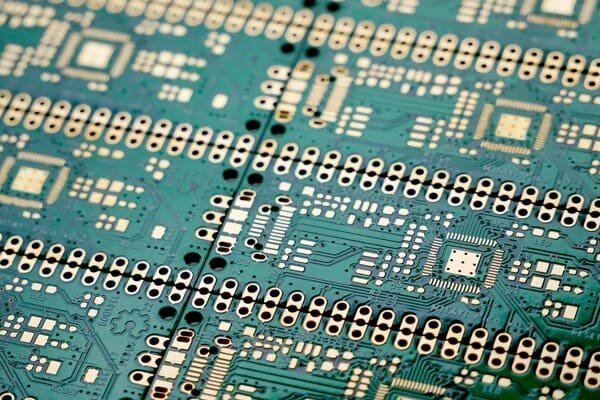
In the fast-paced world of electronics, staying ahead means embracing the latest advancements in printed circuit board (PCB) technology. Many manufacturers face challenges like increasing device complexity and the demand for smaller, more efficient boards. These issues can hinder innovation and slow down production. Fortunately, recent developments in PCB technology provide effective solutions, enhancing performance and enabling new applications across various industries.
Recent advancements in PCB technology include the rise of high-density interconnect (HDI) PCBs, the critical role of high-frequency PCBs in 5G communication, and the innovative use of copper substrates in LED lighting.
These developments are transforming how we design and utilize electronic devices, offering improved efficiency and expanded capabilities.
[Table of contents]
- How do HDI PCBs offer advantages and what are their applications?
- How is high-frequency PCB important in 5G communication?
- How is copper substrate applied in LED lighting?
- Conclusion
How do HDI PCBs offer advantages and what are their applications?
High-density interconnect (HDI) PCBs are at the forefront of modern PCB technology, providing significant benefits over traditional boards.
HDI PCBs offer advantages such as reduced size and weight, enhanced signal integrity, and increased component density. These features make them ideal for applications in smartphones, wearable devices, and high-performance computing systems.
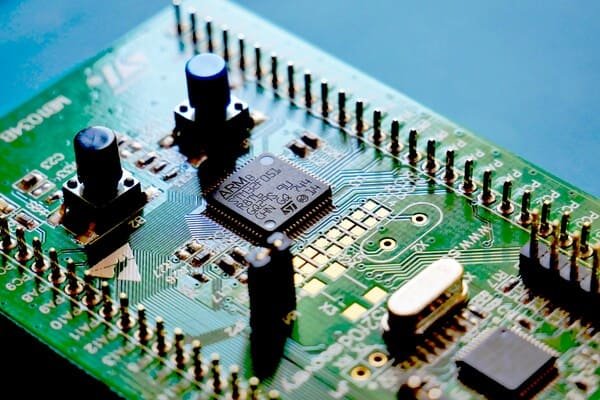
Enhanced Signal Integrity
HDI PCBs use finer lines and smaller vias, which improve signal transmission and reduce electromagnetic interference.
Increased Component Density
The ability to place more components in a smaller area allows for more compact and efficient device designs.
| Feature | HDI PCB | Traditional PCB |
|---|---|---|
| Line Width | Finer | Wider |
| Via Size | Smaller, laser-drilled | Larger, mechanically drilled |
| Layer Count | Higher | Lower |
| Signal Integrity | Superior | Moderate |
Applications in Modern Electronics
HDI PCBs are essential in devices where space is limited and performance is critical, such as in smartphones, tablets, and advanced medical equipment.
How is high-frequency PCB important in 5G communication?
High-frequency PCBs play a pivotal role in the development and deployment of 5G technology, enabling faster and more reliable communication.
High-frequency PCBs are crucial for 5G communication as they handle the higher frequency signals required for faster data speeds and lower latency. These PCBs ensure signal integrity and reduce interference, which are vital for the performance of 5G networks.
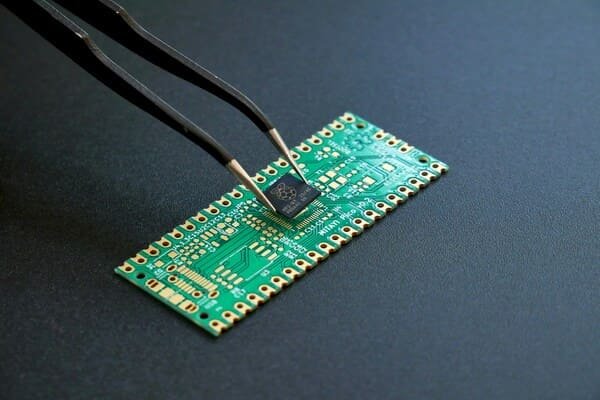
Maintaining Signal Integrity
High-frequency PCBs are designed to minimize signal loss and interference, ensuring clear and reliable communication channels.
Efficient Heat Dissipation
Handling high-frequency signals generates more heat. High-frequency PCBs incorporate materials and designs that effectively manage thermal performance.
| Aspect | High-Frequency PCB | Standard PCB |
|---|---|---|
| Operating Frequency | Up to GHz range | Typically MHz range |
| Material Composition | Low-loss substrates like Rogers | FR4 |
| Design Complexity | Higher due to signal management | Lower |
| Thermal Management | Advanced cooling solutions | Basic cooling |
Applications in 5G Infrastructure
High-frequency PCBs are used in base stations, antennas, and other critical components that form the backbone of 5G networks, enabling widespread and efficient coverage.
How is copper substrate applied in LED lighting?
Copper substrates are revolutionizing LED lighting by enhancing thermal management and electrical performance.
Using copper substrates in LED lighting improves heat dissipation and ensures efficient electrical conduction, leading to longer-lasting and more reliable lighting solutions.
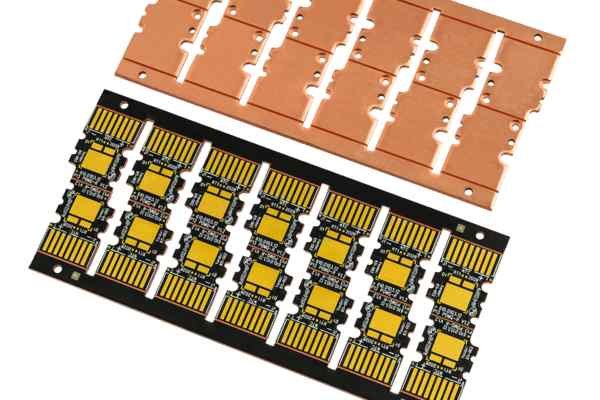
Superior Thermal Conductivity
Copper's excellent thermal properties help dissipate heat generated by LEDs, preventing overheating and extending the lifespan of the lights.
Enhanced Electrical Performance
Copper substrates provide superior electrical pathways, ensuring consistent performance and reducing energy losses in LED systems.
| Benefit | Copper Substrate | Alternative Materials |
|---|---|---|
| Thermal Conductivity | High | Low |
| Electrical Conductivity | Superior | Moderate |
| Durability | Excellent | Variable |
| Cost | Higher | Lower |
Applications in Various Lighting Solutions
Copper substrate PCBs are used in a range of LED applications, including residential lighting, automotive headlights, and industrial illumination, where efficient heat management and reliable performance are essential.
Conclusion
The latest developments in PCB technology—such as HDI PCBs, high-frequency PCBs for 5G communication, and copper substrate applications in LED lighting—are driving significant advancements in the electronics industry. These innovations offer improved performance, greater efficiency, and expanded capabilities, enabling the creation of more sophisticated and reliable electronic devices. As a PCB manufacturer, embracing these technologies allows us to meet the diverse needs of our global customers and support ongoing innovation across various high-tech sectors.


